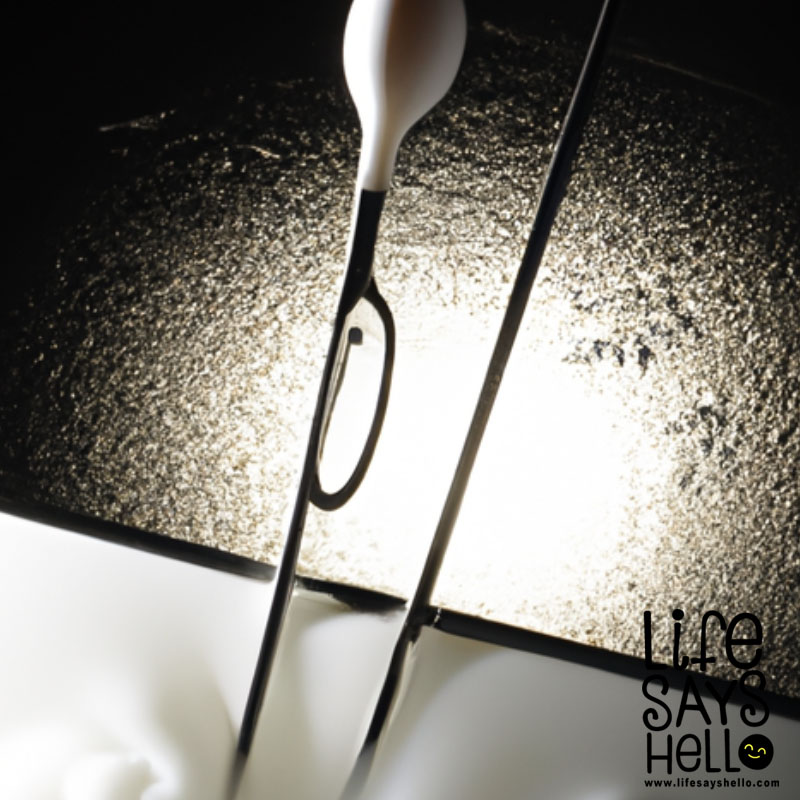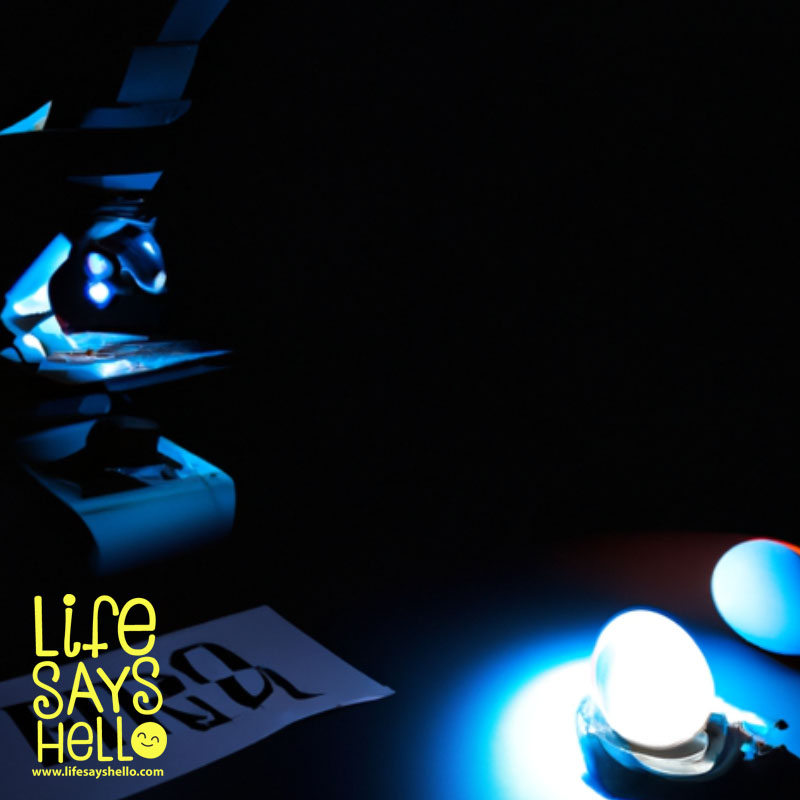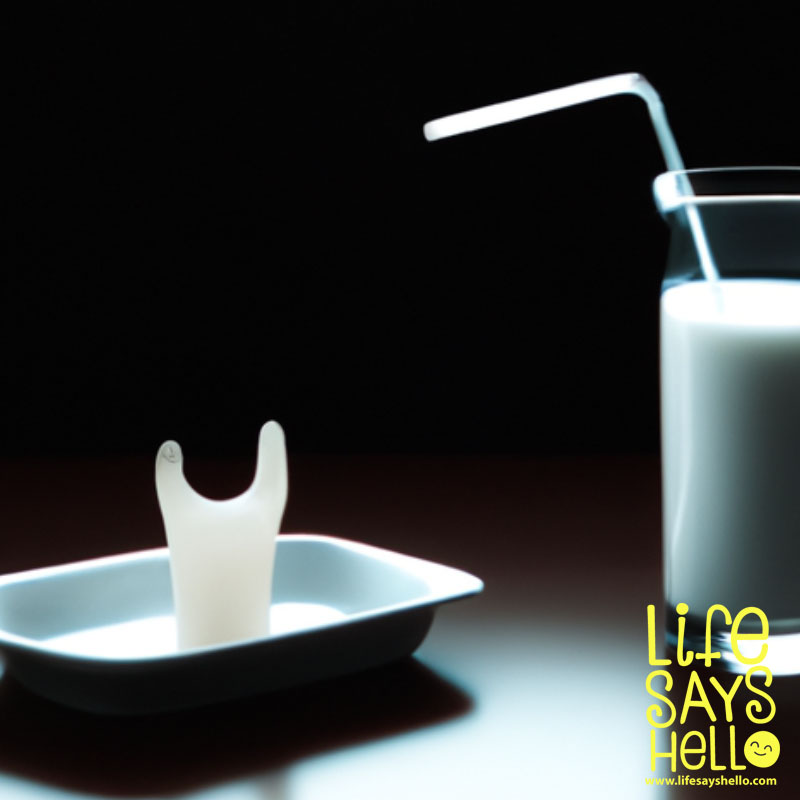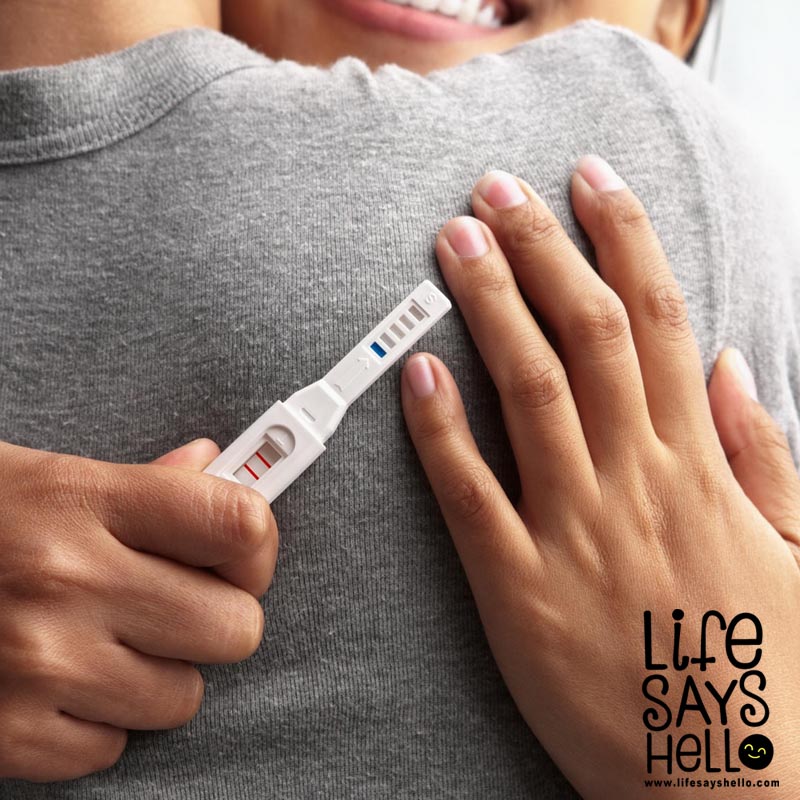Why Shouldn't You Take a Bath After IUD Insertion? Explained

IUD or Intrauterine device insertion is a common and effective form of contraception. However, women often have questions and concerns about what they can and cannot do after the procedure. A common question asked by women is why they can’t take a bath after IUD insertion.
In this article, we will explain why it is not recommended to take a bath after IUD insertion and what alternative options are available.
What is an IUD?
An IUD or intrauterine device is a small, t-shaped contraceptive device that is inserted into the uterus by a healthcare provider. It is made of plastic and copper or plastic and releases hormones. Once inserted, the device prevents pregnancy for three to ten years depending on the type.
What Happens During IUD Insertion?
During IUD insertion, the healthcare provider will first perform a pelvic exam to assess the size, shape, and position of the uterus. They will then use a speculum to open the vagina and insert the IUD device through the cervix and into the uterus. The procedure usually takes only a few minutes and is minimally invasive.
Why Shouldn’t You Take a Bath After IUD Insertion?
It is not recommended to take a bath immediately after IUD insertion because it increases the risk of infection. Bathwater can introduce bacteria into the vagina and cause an infection in the uterus. In addition, the warm water dilates and opens up the cervix, which can also increase the risk of infection. It is best to avoid any activities that may introduce bacteria into the vagina for at least 24 hours after IUD insertion.
What Are the Alternatives to Taking a Bath?
Women can still maintain their personal hygiene after IUD insertion without taking a bath. A shower is a safe alternative to a bath as there is no risk of bathwater entering the vagina. Other alternative cleaning methods include cleansing wipes or using a damp washcloth to gently clean the vulva.
What Are the Symptoms of IUD-related Infection?
Symptoms of an infection after IUD insertion include fever, chills, foul-smelling vaginal discharge, lower abdominal pain, and pain during sex. If you experience any of these symptoms, it is important to contact your healthcare provider immediately. They may recommend a course of antibiotics or may need to remove the IUD.
When Can You Resume Normal Activities After IUD Insertion?
After IUD insertion, it is recommended to avoid sexual intercourse and any activities that may introduce bacteria into the vagina for at least one day. Women can resume normal activities, including sexual intercourse, after 24 hours or when they feel comfortable doing so. However, it is important to note that the IUD does not protect against sexually transmitted infections, and it is recommended to use a condom in addition to the IUD for STI protection.
Conclusion
IUD insertion is a safe and effective form of contraception. However, after the procedure, it is important to avoid taking a bath for at least one day to reduce the risk of infection.
Alternatives to taking a bath include taking a shower or using cleansing wipes. If you experience any symptoms of infection or have any concerns, contact your healthcare provider immediately.




Comments